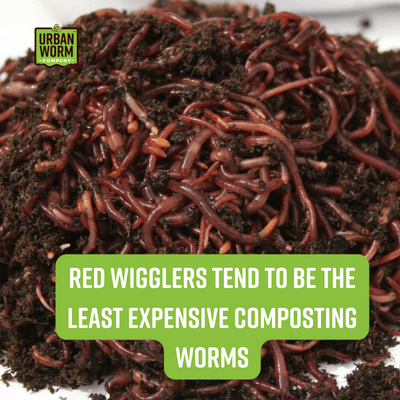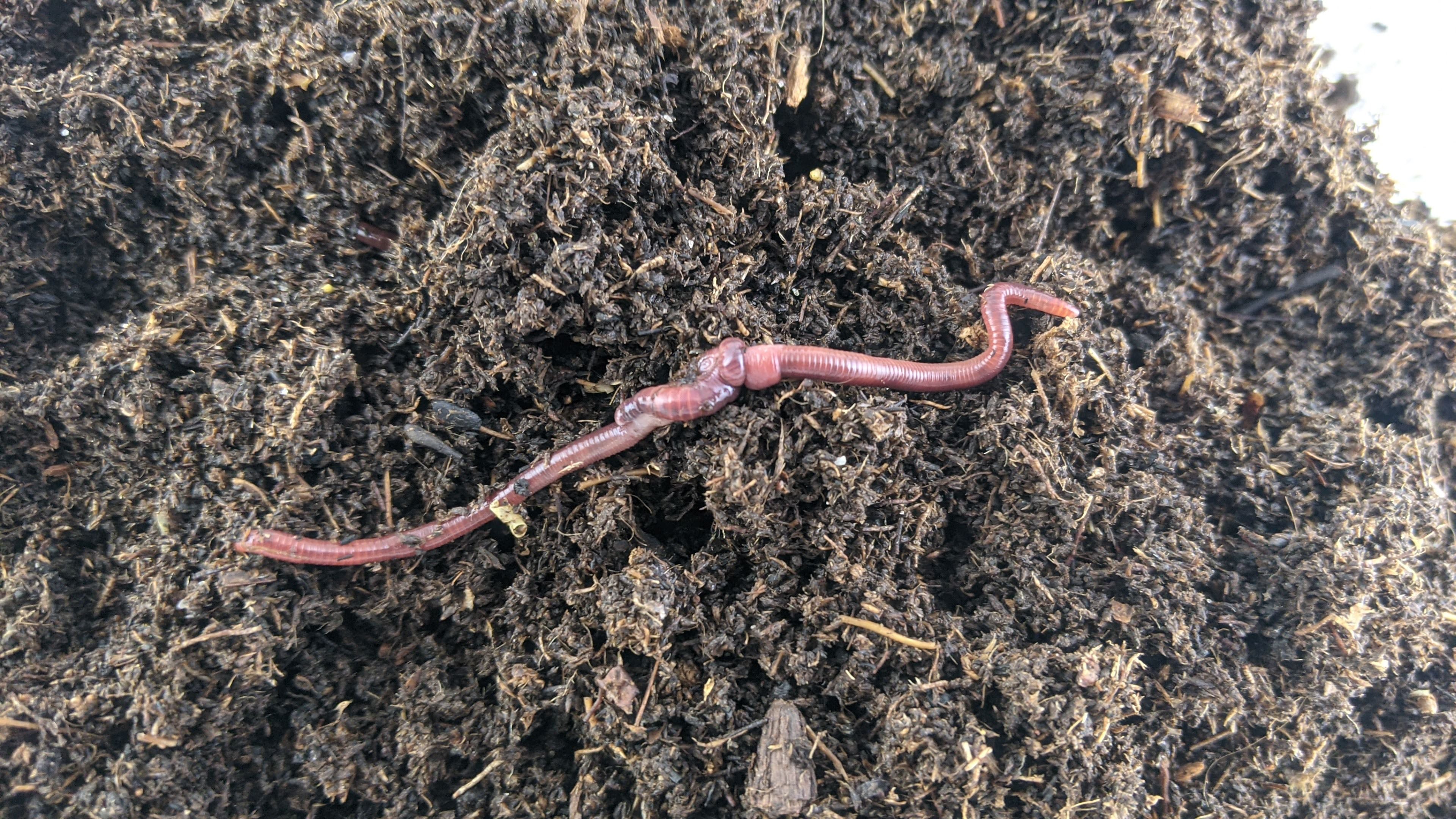Discovering the Devices of Red Wiggler Composting: A Comprehensive Guide to the Process and Its Positive Effect on Sustainable Gardening Practices
The complex systems of red wiggler composting, using the one-of-a-kind physiology of Eisenia fetida, provide an engaging avenue for enhancing lasting gardening methods. As urban gardening gains grip, understanding the subtleties of this composting approach comes to be progressively appropriate.
Understanding Red Wigglers
Red wigglers, medically referred to as Eisenia fetida, are a species of earthworm extremely pertained to for their performance in composting organic waste. These worms prosper in nutrient-rich atmospheres, specifically in rotting organic matter, making them perfect for vermicomposting systems - Red Wiggler Composting. Characterized by their reddish-brown coloration and fractional bodies, red wigglers are smaller than common earthworms, typically determining in between 3 to 4 inches in length
Their unique physiological attributes boost their composting abilities; for example, they possess a high reproductive price, allowing populaces to multiply quickly under ideal problems. Red wigglers take in organic product, simplifying with their digestive systems, which leads to nutrient-rich spreadings that work as an excellent natural plant food. Their voracious appetite enables them to process big volumes of food waste effectively, substantially minimizing garbage dump contributions.
Along with their composting prowess, red wigglers play a crucial function in soil wellness. Red Wiggler Composting. They freshen the dirt and help with the decomposition of organic issue, additional enhancing the dirt community. Comprehending the features and environmental benefits of red wigglers is necessary for any person wanting to implement sustainable horticulture practices via efficient composting methods
The Composting Refine
The composting process includes damaging down organic products into nutrient-rich garden compost, a task that red wigglers succeed at as a result of their specialized gastrointestinal systems. These worms take in food scraps, backyard waste, and other raw material, transforming them right into beneficial garden compost via a series of chemical and biological processes.
At first, the raw material is combined with bed linens materials such as shredded paper or dried leaves, creating an optimum environment for the worms. As the red wigglers ingest this combination, they simplify via their digestive tract, where microorganisms even more disintegrate the material. This process creates heat, promoting microbial task, which increases decomposition.

Advantages of Red Wiggler Composting
Eco-conscious individuals and lots of garden enthusiasts acknowledge the numerous advantages of red wiggler composting, making it a popular selection for efficient waste monitoring. One of the primary advantages is its capability to substantially decrease organic waste in landfills - Red Wiggler Composting. Red wigglers efficiently damage down cooking area scraps and other eco-friendly materials, changing them into nutrient-rich vermicompost that enriches soil wellness
In addition, red wiggler composting boosts soil framework and fertility. The resulting vermicompost is including valuable microbes, which advertise plant development and boost nutrient retention. This all-natural plant food not just supports sustainable horticulture techniques but likewise decreases reliance you can look here on chemical fertilizers, fostering a healthier ecological community.
In addition, red wiggler composting is a space-efficient technique, making it excellent for metropolitan gardeners with minimal room. The process can be performed inside your home or outdoors, permitting year-round composting despite climate conditions. Moreover, red wigglers are low-maintenance organisms that call for marginal treatment, making them obtainable for amateur garden enthusiasts.
Essentially, the benefits of red wiggler composting expand beyond waste reduction; they add to much healthier dirts, lasting gardening methods, and environmental stewardship, positioning it as a useful method in modern cultivation.
Ideal Practices for Composting
For effective red wiggler composting, sticking to ideal methods is vital to maximize performance and make certain an efficient setting for these worms. This balance promotes optimum decomposition and boosts the worms' health.
Following, monitor wetness levels, aiming for a wet, sponge-like consistency. Excessively wet problems can result in anaerobic decay, while too much dry skin might prevent worm activity. Furthermore, make sure appropriate oygenation by transforming the garden compost routinely, which helps prevent compaction and permits sufficient oxygen flow.
Temperature level is another important variable. Preserve a variety Full Report of 55 ° F to 77 ° F(13 ° C to 25 ° C) to promote worm task and microbial growth. Prevent presenting meat, dairy, and oily foods, as these can draw in bugs and produce odors.
Enhancing Lasting Horticulture
Sustainable horticulture symbolizes a holistic approach that harmonizes ecological concepts with sensible gardening methods. By integrating methods such as red wiggler composting, garden enthusiasts can considerably improve their practices, cultivating a much more resilient community. Red wigglers, renowned for their effective decay abilities, transform natural waste into nutrient-rich garden compost, consequently enriching the dirt without depending on chemical plant foods.
Executing lasting gardening techniques, such as plant turning, buddy planting, and mulching, further matches the benefits of composting. These methods not just improve dirt structure and fertility but also advertise biodiversity, bring in helpful bugs and microorganisms that add to grow health. Using indigenous plants can minimize water intake and minimize upkeep, aligning with water conservation initiatives.

Conclusion
In verdict, red wiggler composting represents a crucial approach for enhancing sustainable horticulture practices. Inevitably, the fostering of red wiggler composting can considerably contribute visit the website to green gardening, profiting both metropolitan and newbie gardeners in their cultivation initiatives.
The elaborate devices of red wiggler composting, utilizing the one-of-a-kind physiology of Eisenia fetida, present a compelling method for boosting lasting horticulture practices. Understanding the features and environmental benefits of red wigglers is vital for anybody looking to carry out lasting horticulture methods through efficient composting approaches.

In verdict, red wiggler composting represents a crucial approach for improving sustainable gardening methods. Inevitably, the fostering of red wiggler composting can substantially add to green gardening, profiting both metropolitan and novice garden enthusiasts in their cultivation initiatives.